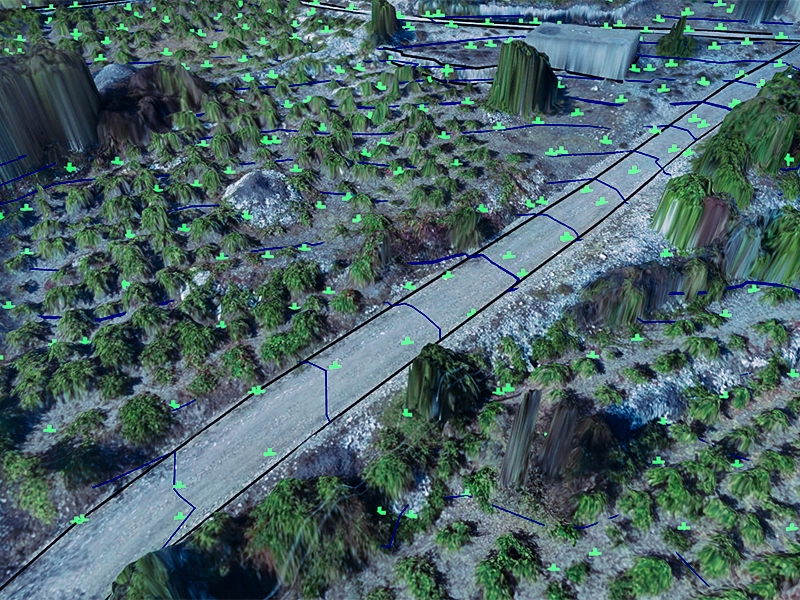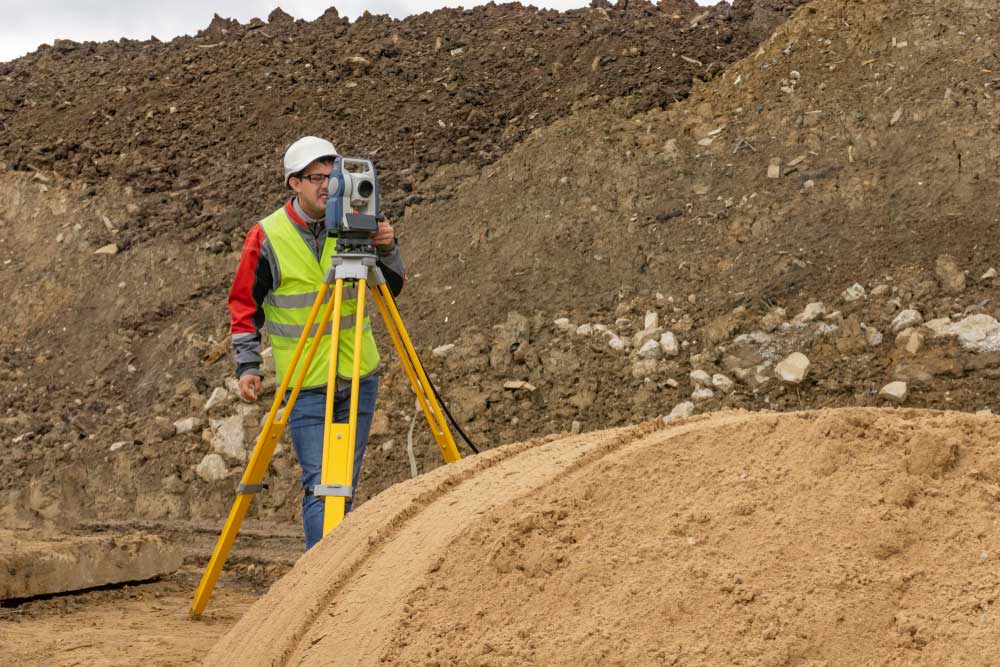Setting Out Engineering: Ensuring Precision in Your Construction Site Layout
Setting Out Engineering: Ensuring Precision in Your Construction Site Layout
Blog Article
Vital Tools and Strategies in Laying Out Design
The technique of setting out engineering counts greatly on a collection of important devices and strategies that underpin the precision and performance of task execution. Instruments such as property surveyor's levels, overall stations, and progressed GPS technology are important for developing accurate reference factors. Additionally, the integration of traditional techniques with modern methods, consisting of geospatial evaluation and 3D modeling, supplies substantial advantages in imagining site conditions. Understanding just how these aspects engage is essential for minimizing errors and boosting task end results, yet the nuances of their application frequently continue to be neglected. What implications does this hold for future design practices?
The Relevance of Accurate Dimensions

The value of accurate measurements extends past plain compliance; they are essential to the overall efficiency of design procedures. Inaccuracies can bring about worldly waste, project hold-ups, and enhanced labor prices, eventually influencing the task's lower line. Furthermore, exact dimensions enhance the high quality of the final product, making sure that it executes as meant and satisfies the assumptions of stakeholders - setting out engineering.
Additionally, the significance of accurate measurements appears in numerous engineering techniques, consisting of civil, mechanical, and electrical engineering. Each area requires an unique method to dimension, yet the underlying requirement for precision continues to be continuous. As projects come to be progressively intricate, the dependence on precise dimensions will just heighten, emphasizing the demand for continual advancements in dimension techniques and technologies. Hence, cultivating a culture that prioritizes precision is crucial for the future of design.
Vital Devices for Laying Out
Laying out, an essential phase in the design and building procedure, counts heavily on certain devices that ensure exact place and placement of structures. Among these devices, the surveyor's level stands out, giving accurate straight measurements essential for establishing recommendation factors. This instrument makes it possible for designers to determine elevation modifications and keep uniformity across the job website.
The total terminal is one more crucial tool, incorporating digital range dimension with angular measurement abilities. This technology improves effectiveness and accuracy in catching spatial information, permitting efficient site layout and preparation.
Additionally, the use of gauging tapes and noting tools, such as chalk lines or stakes, is essential for momentarily noting boundaries and crucial points on the site. These basic tools, though simple, are critical for making certain clear communication amongst the building and construction team concerning project specifications.
Finally, GPS technology has actually acquired traction in laying out processes, supplying real-time positioning information and significantly enhancing accuracy over traditional methods. Jointly, these vital devices create the backbone of reliable laying out practices, ultimately adding to the effective execution of engineering and building and construction jobs.
Advanced Checking Strategies
Advanced checking methods play an essential duty in enhancing the accuracy and effectiveness of design projects. These methods incorporate a variety of methods that provide exact information for style and building. Standard methods, such as progressing and triangulation, have evolved into extra sophisticated approaches, consisting of Total Terminal surveys and International Navigation Satellite Equipment (GNSS)
Total Terminal devices integrate digital theodolites with distance dimension abilities, allowing surveyors to gather accurate location information with great speed. This innovation considerably lowers mistakes connected with manual measurements and offers real-time data processing. Moreover, GNSS supplies unrivaled precision for massive jobs by making use of satellite signals to establish exact positioning, which is necessary for lining up frameworks and ensuring compliance with layout specs.
Along with these tools, progressed techniques also incorporate geospatial analysis and 3D modeling. These approaches allow designers to picture surface and website conditions a lot more efficiently, assisting in much better decision-making throughout the preparation phase. By utilizing these sophisticated evaluating strategies, design jobs can attain better precision in format, lower rework, and ultimately improve overall job success.
Digital Innovation in Design
The combination you can look here of digital technology has actually transformed design methods, enhancing both productivity and precision throughout various self-controls. Tools such as Building Information Modeling (BIM) help with the visualization and administration of complex tasks, permitting designers to team up effortlessly and make educated choices. This modern technology makes it possible for the development of detailed 3D designs, which can be examined for structural stability and effectiveness prior to building starts.

The application of expert system and artificial intelligence in design procedures additionally improves anticipating upkeep and optimization of resources. These innovations make it possible for the evaluation of huge information sets, causing better projecting and boosted job outcomes. Overall, electronic modern technology is improving the engineering landscape, driving innovation, and making sure that jobs are finished with higher effectiveness and minimized risk. As the industry continues to evolve, accepting these devices will certainly be vital for future success.
Best Practices for Application
When executing Learn More Here digital modern technology in design, it is critical to develop a critical method that straightens with job goals and organizational capacities. A comprehensive evaluation of existing process and technology infrastructure is vital to identify gaps and possibilities for renovation. Involving stakeholders early while doing so cultivates cooperation and guarantees that the innovation fulfills user needs.

Task supervisors must embrace a repetitive application strategy, permitting adjustments based upon real-time feedback and efficiency evaluations. This active strategy not just mitigates dangers but also promotes constant enhancement by including lessons found out.
Conclusion
To conclude, the combination of necessary tools and advanced strategies in establishing out design is important for making sure accuracy in measurements and successful task execution. Utilizing tools such as property surveyor's levels, total stations, and GPS technology, alongside contemporary evaluating techniques, enhances accuracy and minimizes the likelihood of errors. Adopting finest practices in application even more maximizes these processes, eventually fostering enhanced task outcomes in the engineering and construction markets.
The self-control of establishing out design depends greatly on a collection of crucial devices and strategies that underpin the accuracy and efficiency of job implementation.Additionally, the importance of exact measurements is evident in various design disciplines, consisting of civil, mechanical, and electric design. By my link using these innovative checking strategies, design projects can accomplish higher precision in design, lower rework, and ultimately boost general task success.
In general, electronic technology is reshaping the design landscape, driving technology, and making certain that jobs are completed with better performance and minimized danger (setting out engineering).In final thought, the integration of crucial devices and progressed strategies in establishing out engineering is essential for ensuring accuracy in measurements and successful job implementation
Report this page